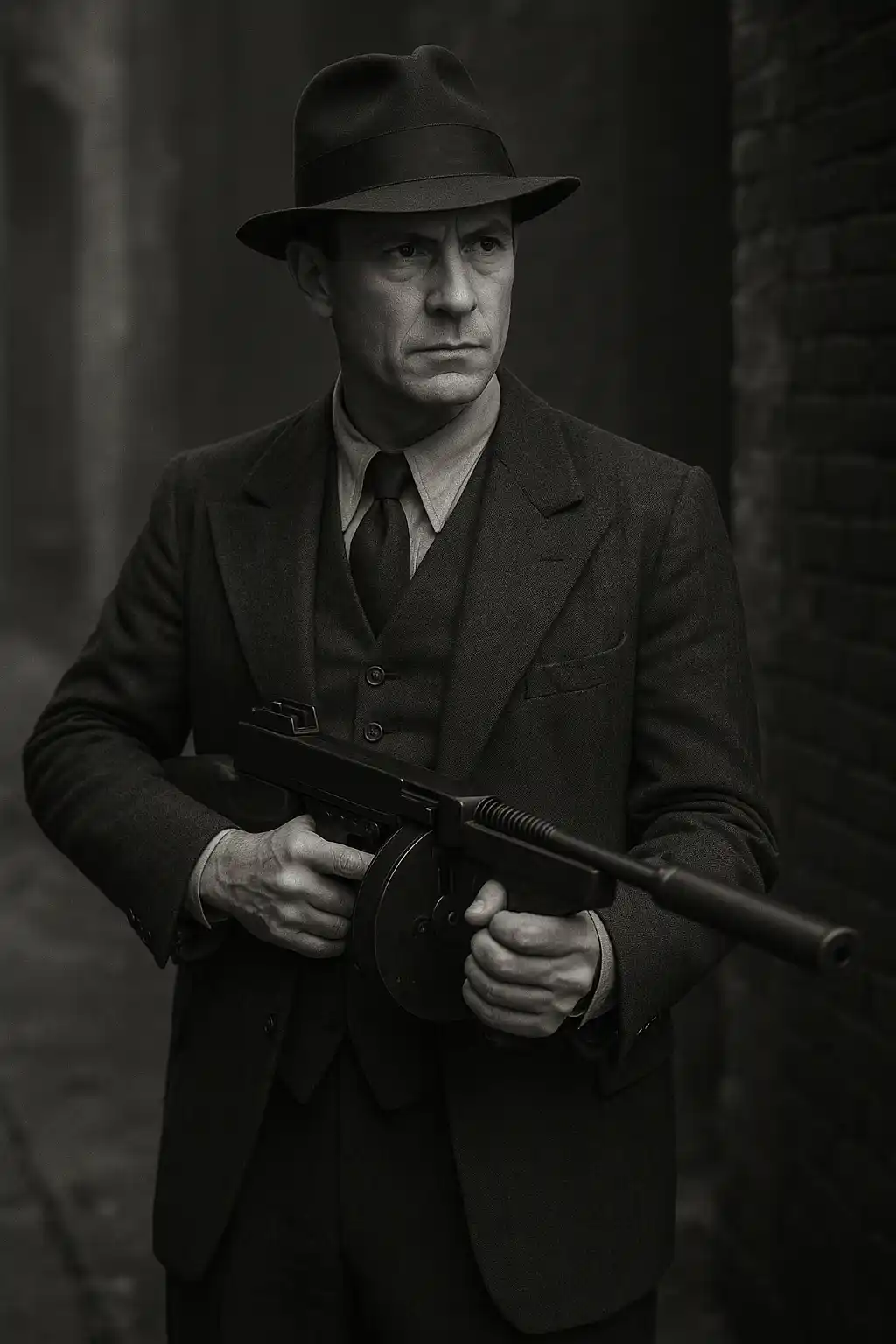
Chicago, Illinois - For decades, the word silencer has conjured up images of spies, assassins, and mobsters lurking in the shadows. In movies, someone threads a sleek tube onto a pistol, fires off a few “pfft-pfft” rounds, and disappears into the mist. The victim drops silently. The camera pans away. Cue soundtrack.

But in the real world? That’s not how any of this works.
Let’s get something clear right now: silencers don’t silence. The proper term is suppressor, and what they actually do is reduce the deafening blast of a firearm to something slightly less painful — not silent.
Even with the best suppressors, most guns still clock in at 120–135 decibels. That’s lawnmower-loud. Jackhammer-loud. Permanent hearing damage loud.
So why the myth?
Because PFFT…thud is a better scene than KA-BOOM!!! in a quiet hallway. Movies need tension. The audience wants stealth. Hollywood gave it to them — and most people never questioned it.
Suppressors are safety tools. Boring, helpful, practical safety tools. They:
In places like Norway, New Zealand, and the UK, suppressors are common courtesy — like a muffler on your car. Nobody clutches their pearls when someone uses one.
Here’s the twist: suppressors are treated like sinister contraband in Canada and heavily regulated in parts of the U.S. They’re lumped in with machine guns and sawed-off shotguns under 1930s laws — despite the fact that they almost never show up in crimes.
According to the ATF, suppressors are so rarely used in actual criminal activity that they don’t even bother tracking them as a major category. Legal suppressor owners go through months of paperwork, fingerprinting, federal registration, and a background check just to get one.
Meanwhile, politicians pretend they’re banning the tools of hitmen. And the public, having watched too many movies, nods along.
Good question. Here’s why:
They’ve never fired a gun, read a firearms law, or looked at a decibel chart. But they’ve seen Jason Bourne use a “silencer.” That’s enough to form a strong opinion.
Because saying “suppressors are safe” gets you labeled:
So most people just bite their tongue — even when the facts are screaming.
“Silencer used in attack” = ratings.
“Responsible citizen used suppressor to protect hearing” = snooze.
Drama sells. Facts bore. Narrative wins.
“If it’s banned, there must be a good reason.”
Spoiler: there often isn’t.
In the U.S., suppressors were swept into the 1934 National Firearms Act — not because they were dangerous, but because they sounded scary.
Theories include:
No evidence. No data. Just optics.
Suppressors were effectively banned to avoid looking soft on fictional crime.
Let that sink in.
In Canada, suppressors are totally banned — based entirely on the premise that suppressors = stealthy assassinations. There was no defining moment, no crisis — just inherited legal culture and paranoia passed down like grandma’s china set.
One Canadian gun owner even admitted:
“I assumed suppressors were illegal black-market tools used by criminals. Until I looked it up.”
And he was licensed.
That’s how deep the myth runs.
Governments often regulate what they can, not what they should. Criminals don’t file paperwork. But you do. So laws get drafted for you — the law-abiding.
It’s like handing out parking tickets in a war zone because at least those people are still obeying traffic laws.
It makes no impact — but it looks like action.
Suppressors weren’t banned because they’re dangerous.
They were banned because nobody wanted to look soft on fictional crime.
Suppressors are not tools of murder. They’re tools of safety, respect, and responsible ownership. The myth that they are inherently dangerous is the result of bad screenwriting, not reality.
“The scariest part isn’t the suppressor.
It’s how long I believed the myth — and how no one ever said otherwise.”
We don’t need more fear. We need more clarity.
And a little less legislation written by people who watched too many spy thrillers.
Author’s Note:
I didn’t get into firearms because I love them. I got curious about the law. I wanted to test what I’d been told. And when I saw the gap between reality and regulation, it was like walking behind the curtain at a magic show.
There’s no conspiracy here — just inertia, image, and fear.
And if we can’t fix it right now, the least we can do is say it out loud:
Suppressors aren’t silent. But the silence around the truth? That’s deafening.